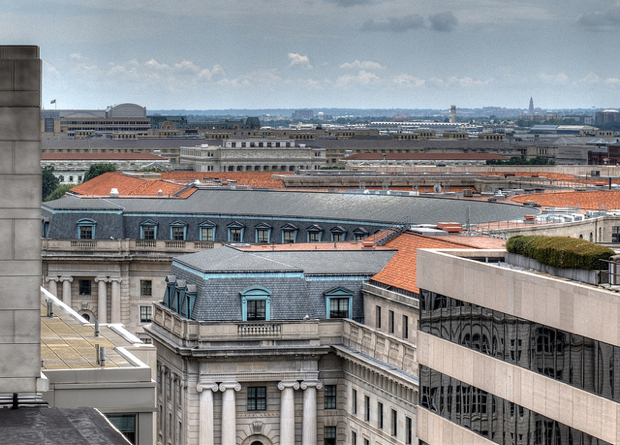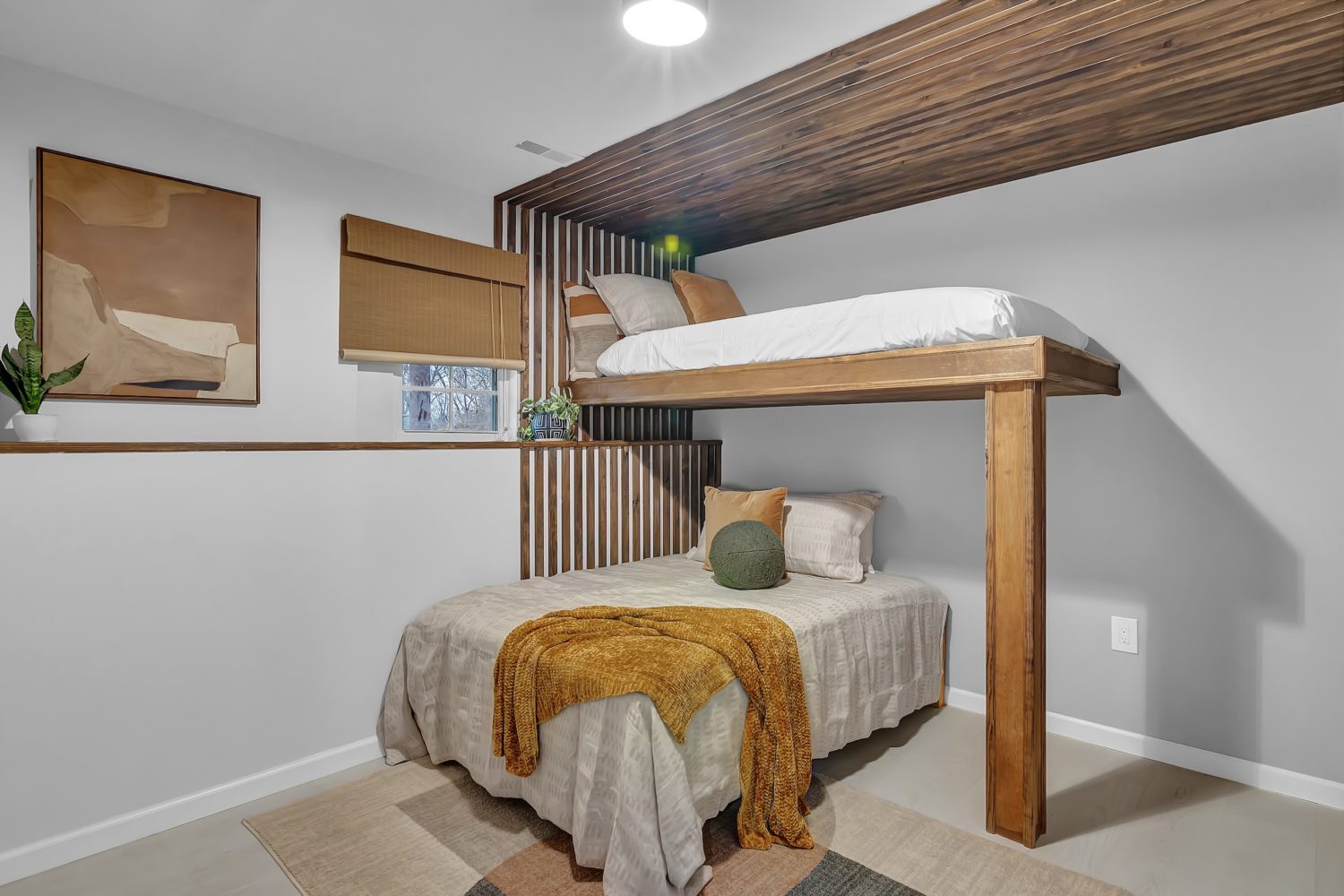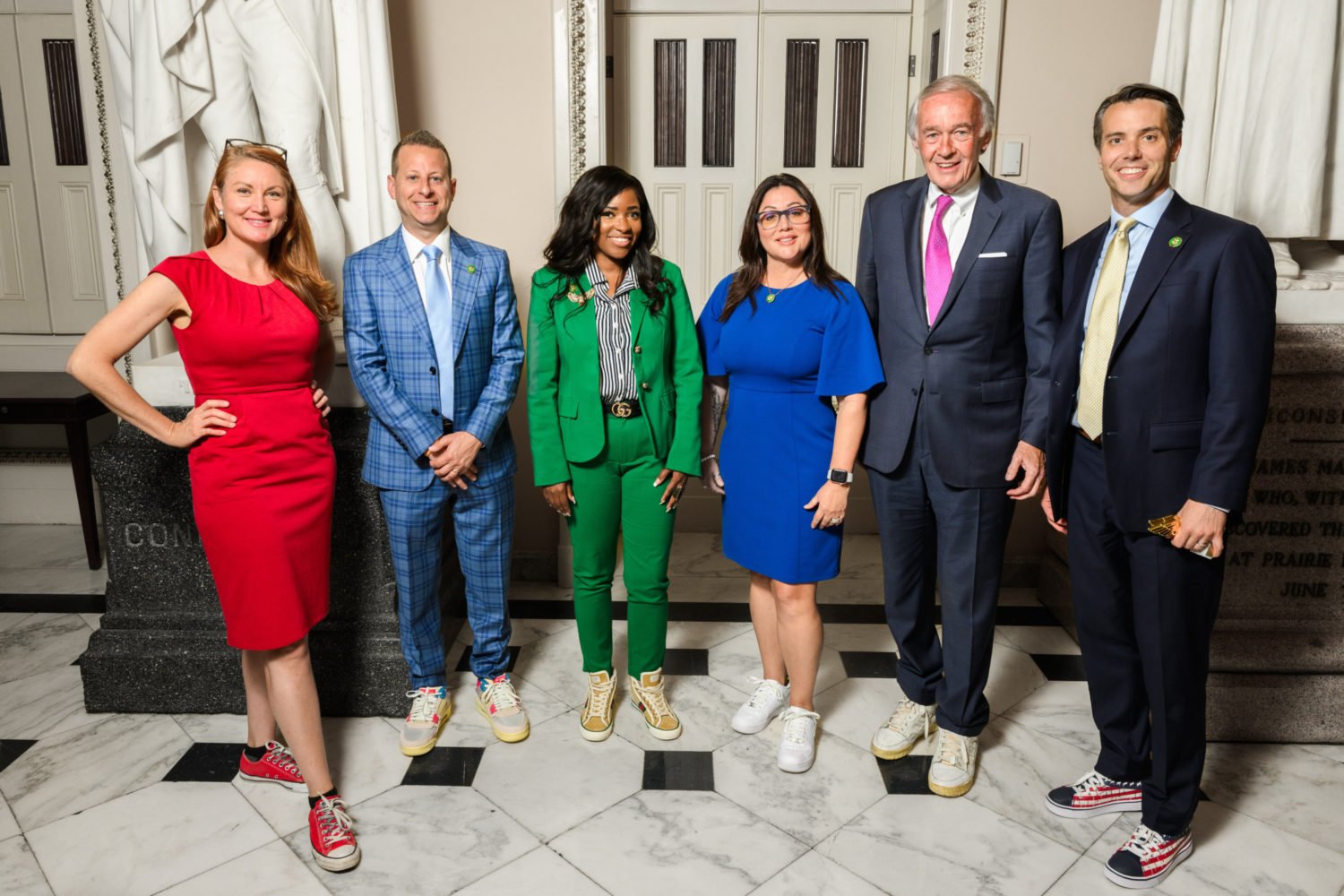The House committee that oversees the District gave its approval on Wednesday to a slight modification in the 1910 Height Act, but left open a goal for more sweeping changes if the city is up for them. The House Oversight Committee voted unanimously to approve a bill allowing building owners to convert penthouse space of downtown buildings for human use.
While that change sounds rather mundane, it would allow developers and other property owners to add penthouse-level amenities to their buildings without significantly changing DC’s famously low-slung skyline.
But the committee’s chairman, California Republican Darrell Issa, said during the hearing he would have liked to go further, and that even this small first step could lead to continued discussion about whether the District could benefit from having buildings grow taller than 130 feet high.
“I want to make it clear today, I would like to have gone further,” Issa siad.
The vote came about three months after Issa hosted a hearing in which then-DC Planning Director Harriet Tregoning argued for a comprehensive rewrite of the Height Act that called for allowing buildings in the city’s core to be built as high as 200 feet, and no cap in several high-growth neighborhoods outside the area planners refer to as the L’Enfant City. Tregoning’s plan was bashed by Height Act supporters, including the entire DC Council, which passed a resolution opposing any changes.
The National Capital Planning Commission submitted a competing proposal the same time as Tregnoning, addressing only penthouse space and archaic fire code language. That is what the Oversight Committee voted on yesterday, and Issa chalked up the less ambitious plan to hesitation on DC officials’ part.
“I’m deeply disappointed, but I understand that in this case, there may be some question about whether the city trusts itself with this responsibility,” he said.
Proponents of larger Height Act reforms argue that with the District’s population at roughly 647,000 and growing at a clip of more than 1,000 new residents a month, the city will need to raise its roofs in order to accommodate everyone. Even under Tregoning’s “medium-growth” forecast, she still estimated DC will take on an additional 99,100 households by 2040.
Issa, whose term as Oversight chairman ends at the end of the year, wants to continue trying to reshape the Height Act. After the hearing, Washington Business Journal reports, he said the District and the NCPC should consider a “pilot program” to determine if there are neighborhoods outside of downtown that might be suitable for taller buildings.















